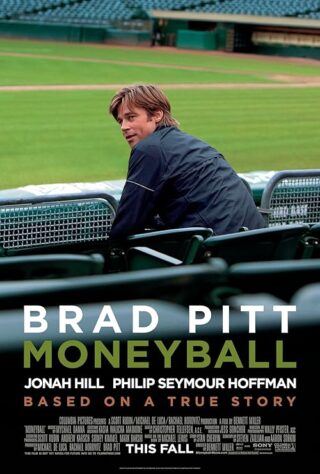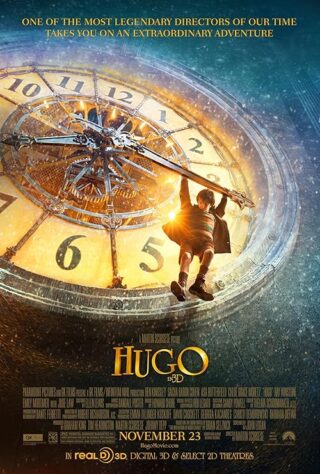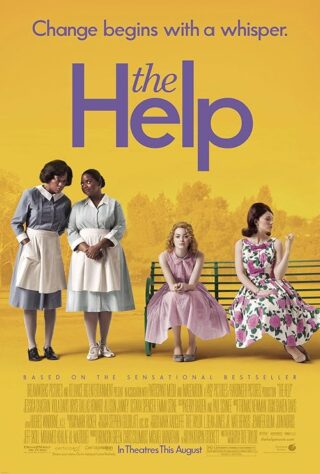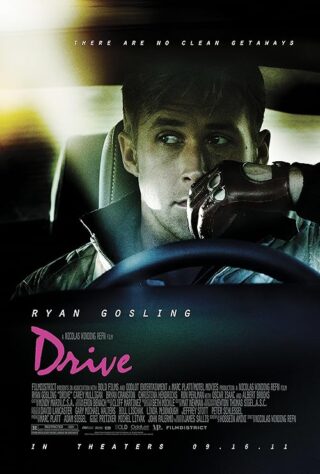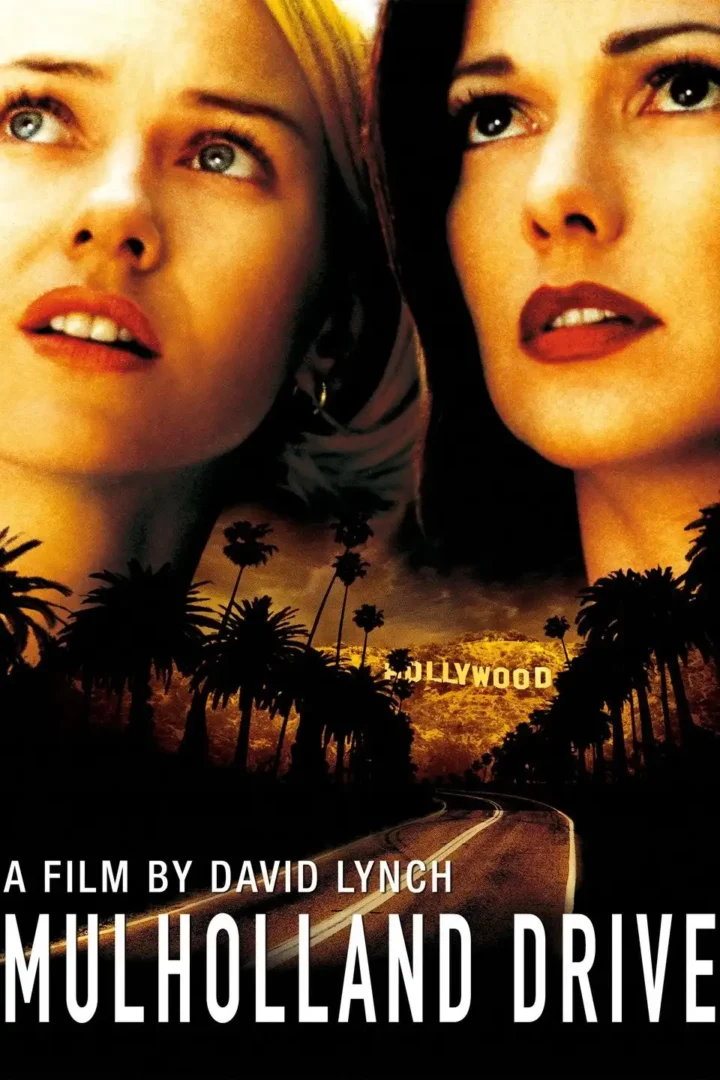

Plot, Themes, and Tone
Mulholland Drive, directed by David Lynch, is a surreal and mind-bending film that follows the intertwining stories of aspiring actress Betty Elms (Naomi Watts) and amnesiac Rita (Laura Harring) in the dark underbelly of Hollywood. As their paths intersect and reality twists and turns, the film explores themes of identity, illusion, and the blurred lines between dreams and reality. The plot is intricate, enigmatic, and filled with symbolism. The tone of Mulholland Drive is mysterious, hypnotic, and filled with a sense of foreboding.
Acting and Characters
Naomi Watts delivers a tour de force performance as Betty Elms, capturing the character’s innocence, ambition, and descent into darkness with mesmerizing skill. Laura Harring shines as Rita, embodying the enigmatic and alluring nature of her character with depth and grace. The supporting cast, including Justin Theroux and Ann Miller, also deliver memorable performances that add layers to the film’s complex and enigmatic characters.
Direction, Score, and Cinematography
David Lynch’s direction in Mulholland Drive is visionary, creating a dreamlike and atmospheric world that blurs the boundaries between reality and fantasy. The haunting score, composed by Angelo Badalamenti, enhances the film’s eerie and suspenseful mood, adding to the overall sense of mystery. The cinematography is rich and evocative, capturing the dark and twisted landscapes of Hollywood in a visually stunning manner.
Production Design, Special Effects, and Editing
The production design of Mulholland Drive effectively creates a lush and enigmatic world that reflects the characters’ inner turmoil and psychological disarray. The special effects are used sparingly but effectively, heightening the film’s dreamlike quality and sense of unreality. The editing is meticulous, creating a nonlinear narrative that deftly weaves together the disparate threads of the story in a cohesive and mesmerizing manner.
Pace and Dialog
Mulholland Drive unfolds at a hypnotic pace, drawing viewers into its enigmatic and labyrinthine narrative with a sense of intrigue and unease. The dialogues are cryptic, poetic, and laden with hidden meanings, reflecting the characters’ internal conflicts and the shifting nature of reality. The dreamlike exchanges between Betty, Rita, and the other denizens of Mulholland Drive add layers of symbolism and complexity to the film’s exploration of identity and illusion.
Emotional Impact and Audience Resonance
Mulholland Drive leaves a lasting emotional impact on viewers, immersing them in a world of mystery, beauty, and existential dread. The film’s exploration of identity, loss, and the dark undercurrents of Hollywood resonates with audiences, prompting reflection on the nature of self and the illusory nature of fame and fortune. Mulholland Drive’s enigmatic storytelling, striking visuals, and haunting atmosphere make it a compelling and thought-provoking cinematic experience that lingers in the mind long after the credits roll.
Audience Section
Audiences have been captivated by Mulholland Drive’s surreal and enigmatic narrative, striking visuals, and haunting atmosphere. The film’s exploration of identity, illusion, and the seductive yet dark underbelly of Hollywood has garnered a dedicated following among fans of psychological thrillers, art house cinema, and Lynchian surrealism. Mulholland Drive’s dreamlike direction, mesmerizing performances, and ambiguous storytelling continue to engage viewers seeking a cinematic experience that challenges conventions and delves into the depths of the subconscious.
In conclusion, Mulholland Drive is a mesmerizing and enigmatic masterpiece that delves into the dark and surreal realms of Hollywood and the human psyche. Its compelling storytelling, haunting visuals, and ambiguous narrative make it a must-watch for fans of Lynchian cinema and mind-bending storytelling.

